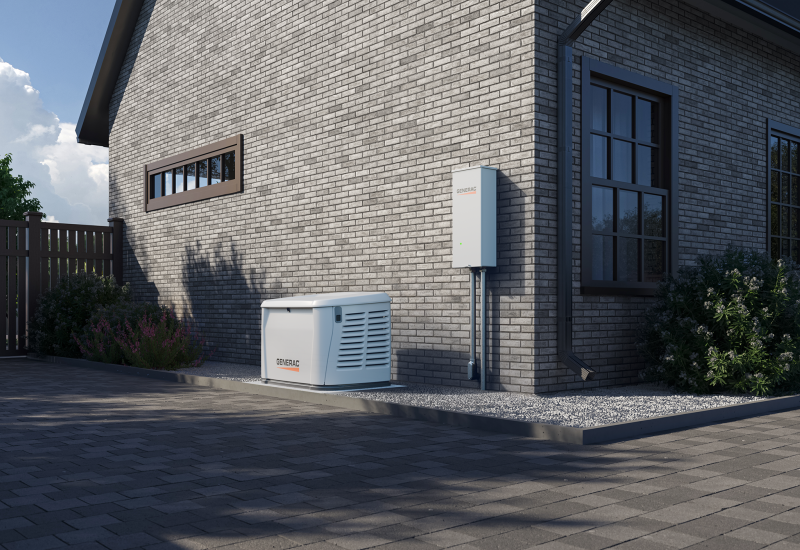Yes, Homeowners, It’s Time to Prepare for Storm Season
Five to nine hurricanes - with as many as four "major" ones boasting sustained winds of 111-plus mph - is what the National Oceanic and Atmospheric Administration just predicted for this year's storm season. In other words, they're calling for an "active" six months or so through the end of November.
And while no one's saying we're in for a repeat of last season's devastating triple whammy - yes, we do mean Hurricanes Harvey, Irma and Maria - ask anyone still dealing with the havoc of having had their house battered in one of those storms if they don't still wonder what more they could've done to be better prepared.
"It only takes one storm to devastate a community," said Acting FEMA Deputy Administrator Daniel Kaniewski.
Read on for some of the best advice on readying for the next (inevitable) storm.
* Check your insurance. The coups de grace for many of those hit hardest last year was discovering that they'd have to find a way to pay all or some of their rebuilding costs themselves. The reasons ranged from lack of flood insurance (only those with federally backed mortgages living in designated high-risk zones are required by law to buy it) to a local spike in the price of labor and materials.
"Hurricane Harvey (in Texas) showed that flooding can also damage properties outside the highest-risk zones," the Wall Street Journal noted, quoting a former New York insurance commissioner as saying that "even financially literate people" don't understand that floods aren't covered in the standard homeowners policy.
* Clean your gutters. Even in perfect weather, Angie's List says you're looking at a possible "nightmare" if they're so clogged with mounds of leaves, sticks, and other debris that it causes your roof to leak. And if you factor in a hurricane-strength rain, suddenly the very roofing system component meant to control the flow of all that water - thus protecting your roof, walls, foundation, and landscape from the aforementioned flooding - can be about as useful as spoiled milk.
"If you let gutter cleaning go by the wayside, it could cost you hundreds of thousands of dollars," the website warned.
* Make sure your roof is in good condition. The Insurance Institute for Business and Home Safety actually built a test chamber where experts could simulate the effects of hurricanes and other natural disasters on full-scale one- and two-story homes. So when its president and CEO, Julie Rochman, tells CBSNews.com's "MoneyWatch" that "it all starts with the roof," you need to pay attention.
"The roof," she said, "is the largest potential opening on the house, and wind and water can do terrible things if they get through (it)."
Ergo, now's the time to have a professional roofing contractor check for (and fix) any signs of wear and tear like broken or missing shingles, fractured fiberglass mat, and loosening of the self-seal strip. These tell-tale signs, especially if they resulted from damage from hail, can be difficult to spot yourself. And if you do decide to replace your roof? "Consider shingles that have passed the UL2218, Class 4 impact test," advised Jason Joplin, program manager of CARE (the GAF Center for the Advancement of Roofing Excellence).
Joplin especially likes the Timberline ArmorShield II line of shingles from GAF (gaf.com), North America's largest roofing manufacturer. In addition to looking good, they're made with SBS modified asphalt, which he described as "a rubber-like material for enhanced flexibility and durability during extreme weather conditions."
An added bonus: Depending on where you live, shingles like these could help you qualify for significant discounts on your homeowner's insurance.
* Trim weak tree branches. Need we say more than people have actually died from trees and branches crashing into their houses?




